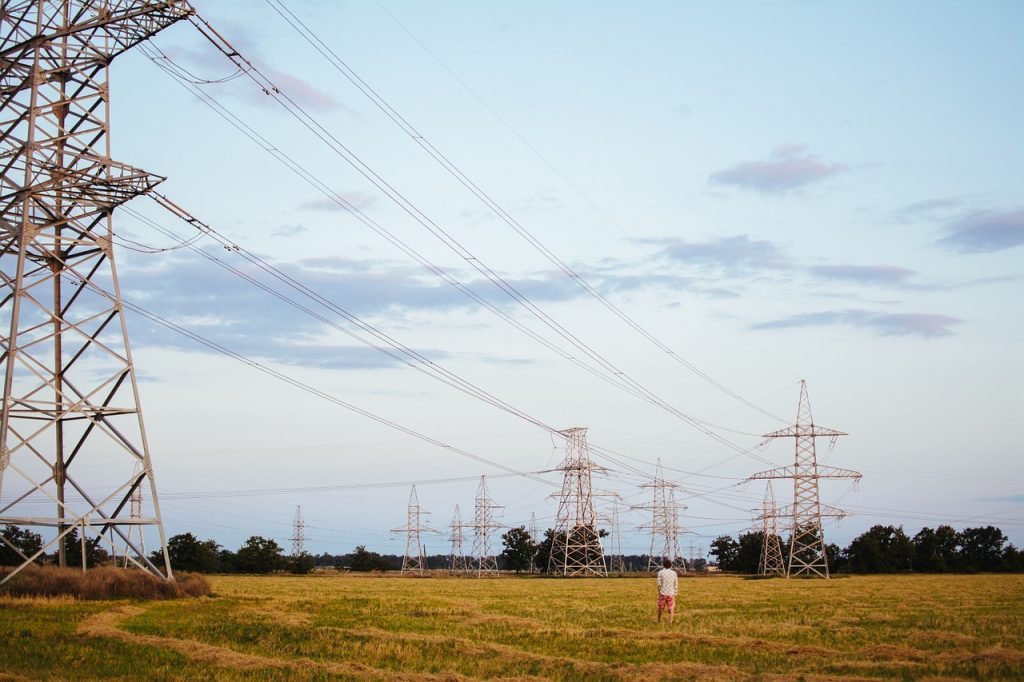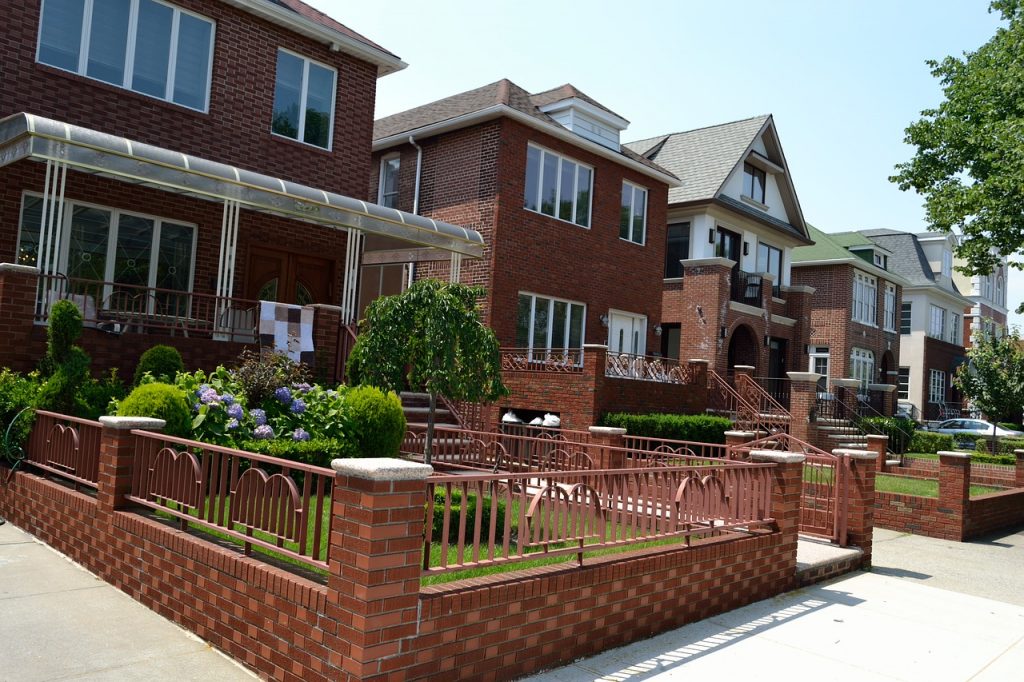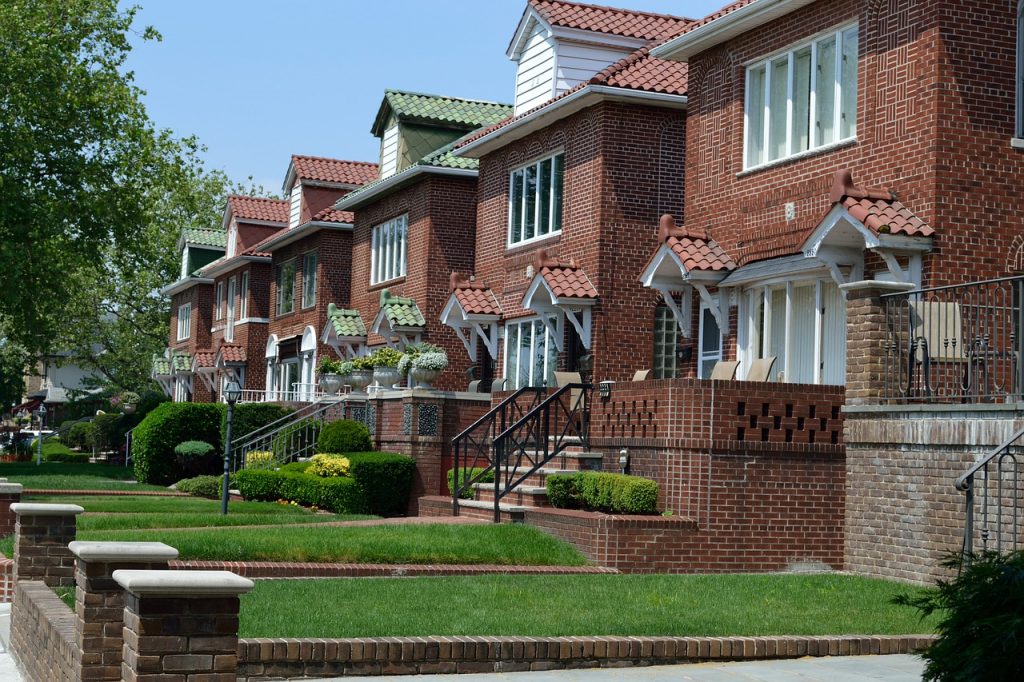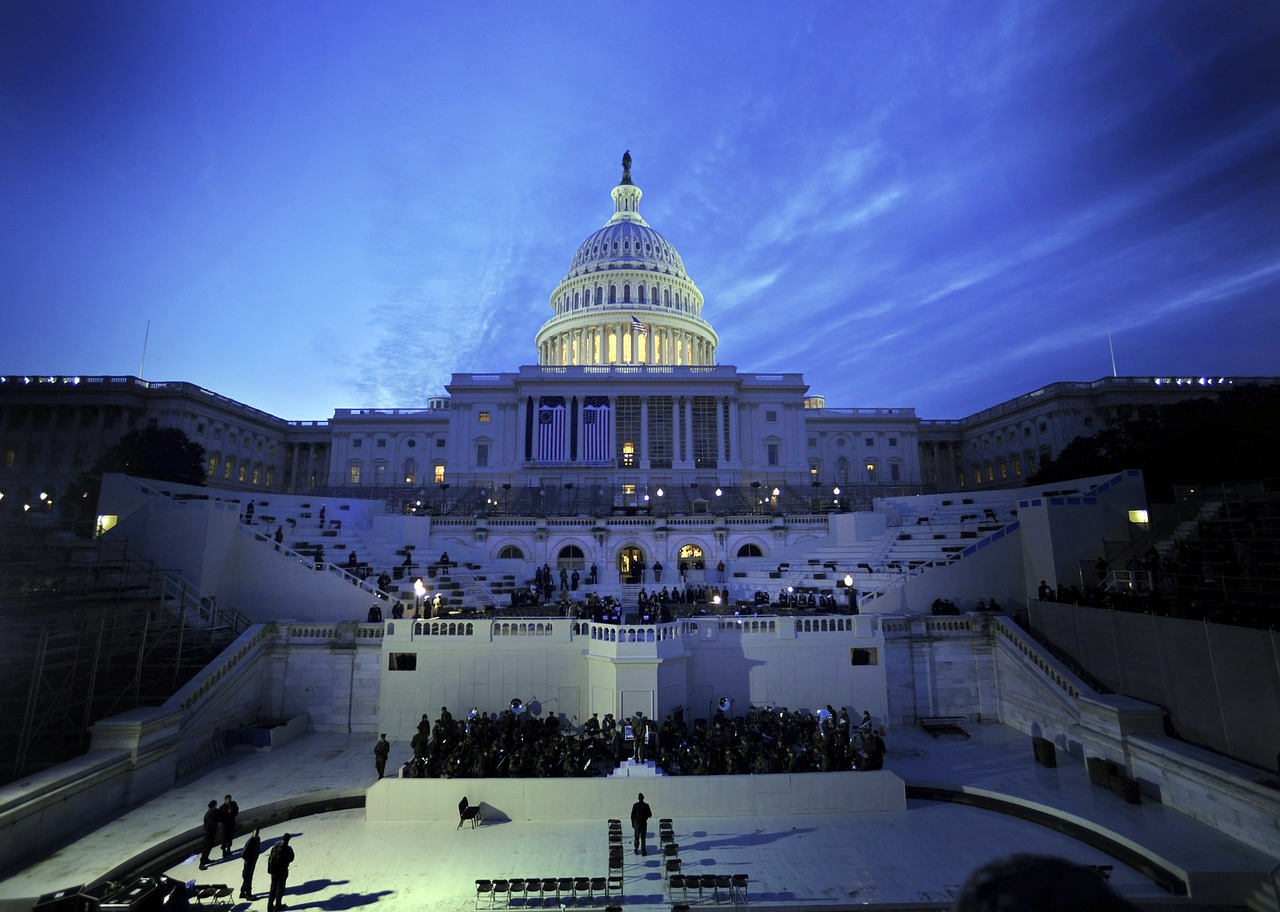How to Get Utilities Turned on at Your New Home or Apartment
Moving into a new home or apartment can be exciting, and you may be eager to relocate and get settled into your space. In addition to physically preparing for the move by packing boxes and scheduling service with a moving company, you need to think ahead to your living experience inside the new home or apartment. Utility services, such as electricity, gas, and water, are necessary from day one. This means that you need to turn services on before moving day arrives. These are the appropriate steps to take when you are preparing to turn utility services on.
1. Determine Your Utilities Service Providers
Even if you are relocating from one home in town to another home only a few miles away, you should not assume that all utility service providers are the same. Some providers only service specific locations and your options may be limited. In some locations, however, you may have multiple service providers available to choose from. Understand what your options are for each type of service needed in your new home. If you can choose which provider you receive service from, compare rates. Also, read reviews to learn more about their customer service and other relevant factors.

2. Choose Your Dates
After you decide which service providers to use for utilities, you need to determine when your service start date will be. If you are turning off service in your previous home, you also need to select a date for this. Each situation is unique, but most service providers do not start service on the weekends. Also, if you turn service on next Monday, you cannot assume that service will be available first thing Monday morning. To ensure that you have service as soon as you walk in the door, it is best to turn services on the business day before you plan to move in. On that same note, you do not want services turned off before your current home is empty. Cheap Movers (http://www.cheapmoversatlanta.com/) says to plan to turn off services the business day after your moving day or even later if needed.
3. Be Prepared to Make a Deposit
Most service providers have a connection fee or account setup fee. Some will charge this fee to your first month’s bill, so you need to be prepared to have a higher-than-normal utility bill initially. Some providers may require you to deposit to establish service. In many cases, a deposit is required up-front at the time you request service.
Establishing utility services at your new home or apartment is a critical step in the relocation process. You should not expect to turn services on overnight. Plan to call new service providers one to two weeks before your relocation so that you can ensure that your utilities are available as soon as you get to your new home. Remember to set up service for trash pickup and Internet service as well as for electricity, water, and gas.








